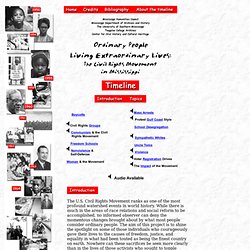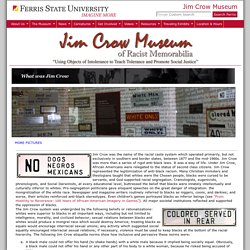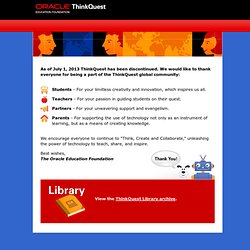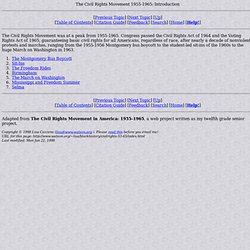

Civil Rights Timeline Introduction. The U.S.

Civil Rights Movement ranks as one of the most profound watershed events in world history. While there is much in the areas of race relations and social reform to be accomplished, no informed observer can deny the momentous changes brought about by what most people consider ordinary people. The aim of this project is to shine the spotlight on some of those individuals who courageously gave their lives to the causes of freedom, justice, and equality in what had been touted as being the finest country on earth. Nowhere can these sacrifices be seen more clearly than in the lives of those activists who sought to topple racial, economic, and political inequality in the deep southern state of Mississippi.
What was Jim Crow. Jim Crow was the name of the racial caste system which operated primarily, but not exclusively in southern and border states, between 1877 and the mid-1960s.

Jim Crow was more than a series of rigid anti-black laws. It was a way of life. Under Jim Crow, African Americans were relegated to the status of second class citizens. Jim Crow represented the legitimization of anti-black racism. Many Christian ministers and theologians taught that whites were the Chosen people, blacks were cursed to be servants, and God supported racial segregation. A black male could not offer his hand (to shake hands) with a white male because it implied being socially equal. Stetson Kennedy, the author of Jim Crow Guide (1990), offered these simple rules that blacks were supposed to observe in conversing with whites: Never assert or even intimate that a white person is lying. History of the Civil Rights Movement. King Institute Encyclopedia. LBJ Library and Museum - Civil. Civil Rights Dictionary. As of July 1, 2013 ThinkQuest has been discontinued.

We would like to thank everyone for being a part of the ThinkQuest global community: Students - For your limitless creativity and innovation, which inspires us all. Teachers - For your passion in guiding students on their quest. Partners - For your unwavering support and evangelism. Parents - For supporting the use of technology not only as an instrument of learning, but as a means of creating knowledge. We encourage everyone to continue to “Think, Create and Collaborate,” unleashing the power of technology to teach, share, and inspire. Best wishes, The Oracle Education Foundation.
The Civil Rights Movement 1955-1965: Introduction. The Civil Rights Movement 1955-1965: Introduction [Previous Topic] [Next Topic] [Up] [Table of Contents] [Citation Guide] [Feedback] [Search] [Home] [Help!]

The Civil Rights Movement was at a peak from 1955-1965. Congress passed the Civil Rights Act of 1964 and the Voting Rights Act of 1965, guaranteeing basic civil rights for all Americans, regardless of race, after nearly a decade of nonviolent protests and marches, ranging from the 1955-1956 Montgomery bus boycott to the student-led sit-ins of the 1960s to the huge March on Washington in 1963.